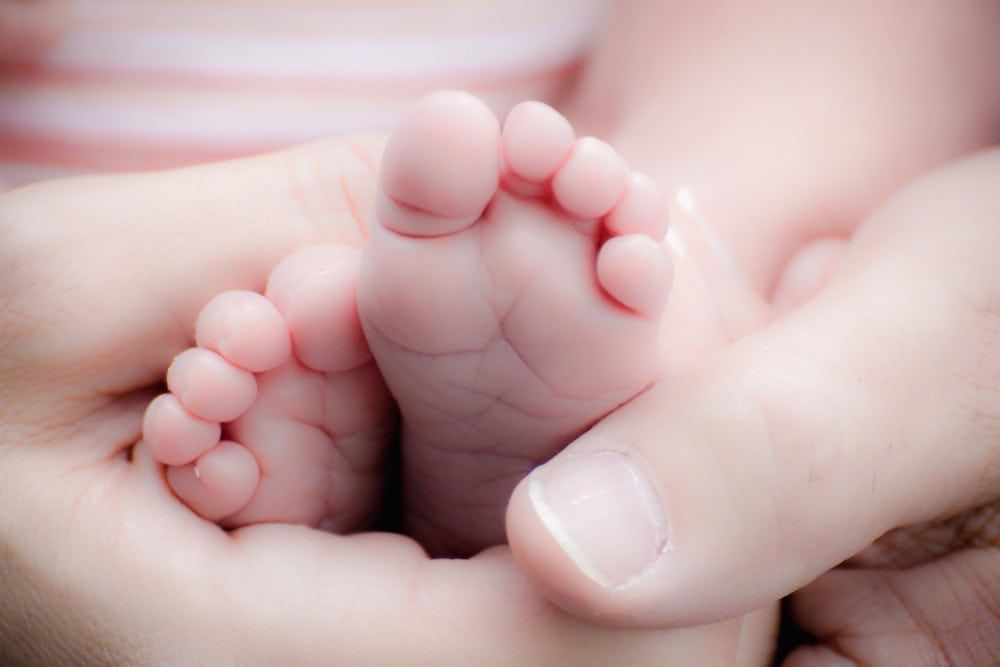
Boys who develop autism may have been exposed to higher levels of ‘female’ hormones in the womb, suggests a new study.
Cambridge University researchers found high levels of oestrogen had a bigger impact than the male hormone testosterone.
The research team concluded that “oestrogenic excess is a characteristic of autism” in a paper published in the journal Molecular Psychiatry.
Three out of four oestrogens analysed in the study were linked with autism – with oestradiol levels being the “most significant predictor”.
The likelihood a boy became autistic rose by nearly 50 percent when comparing the top and bottom quartiles for oestradiol levels, as well as another hormone , progesterone, which is associated with pregnancy.
The discovery provides further evidence backing the ‘prenatal sex steroid theory of autism’ first proposed by Study Leader Professor Simon Baron-Cohen 20 years ago.
Prof Baron-Cohen, Director of the Autism Research Centre at Cambridge University, said: “In conclusion, we have demonstrated that prenatal oestradiol, oestriol and oestrone are elevated in in boys who went on to develop autism.
“High levels of prenatal oestradiol contribute to a greater degree to autism likelihood than other prenatal sex steroids, including testosterone.
“We conclude that prenatal oestrogenic excess is a characteristic of autism and may interact with genetic predisposition to affect neurodevelopment.”
He warned the findings should not be used to screen for autism, adding: “We are interested in understanding autism, not preventing it.
“This new finding supports the idea that increased prenatal sex steroid hormones are one of the potential causes for the condition.
“Genetics is well established as another, and these hormones likely interact with genetic factors to affect the developing foetal brain.”
Study co-author Alex Tsompanidis, a PhD student, said: “These elevated hormones could be coming from the mother, the baby or the placenta.
“Our next step should be to study all these possible sources and how they interact during pregnancy.”
He said despite oestrogen being thought of as a ‘feminising hormone’, in the womb it also has effects on brain growth and even ‘masculinises’ the brain in many mammals.
The researchers measured the levels of four oestrogens in the amniotic fluid of 98 boys who developed autism and 177 who didn’t from the Danish Historic Birth Cohort (HBC).
The sample was the same the researchers used in a 2015 study on the link between steroid hormones in the womb and autism. It found elevated levels of two ‘androgens’, or male steroid hormones, were higher in boys who developed autism.
The new study looked at pre-natal levels of oestrogens in the amniotic fluid – oestriol, oestradiol, oestrone and oestrone sulfate. Some of the hormones in the previous studies are converted into oestrogens.
Prof Baron-Cohen said men were three times more likely to be autistic than women and there weren’t enough examples of female autism to look at the effects of the hormones on girls.
He said: “While prenatal androgens are responsible for masculinisation in humans, prenatal oestrogens also contribute to foetal and neonatal brain development, and yet these have not been thoroughly investigated for their potential role in autism likelihood.
“This study reports the first evidence that elevated levels of prenatal amniotic oestradiol, oestriol and oestrone are each associated with autism, with oestradiol levels being the most significant predictor of autism likelihood in univariate logistic regression models.
“We found that oestradiol had the strongest positive effect size on autism likelihood, followed by oestrone, oestriol and progesterone.
“We also calculated standardised odds ratios (ORs) for all analysed hormones to determine which hormones had the largest effect on autism likelihood.
“Progesterone and oestradiol had the highest standardised ORs, with a movement from the 25th to 75th percentile of these hormones incurring nearly a 50 percent increase in autism likelihood.
“In contrast, increases in testosterone or androstenedione (another androgen) levels were not associated with increases in likelihood of diagnosis with statistical confidence.”
Prof Baron-Cohen said tests on mice suggested boys’ brain development in the womb could be affected differently by oestrogen than girls.
He said: “High levels of prenatal oestrogens could dysregulate many aspects of prenatal endocrinology and affect prenatal brain development in areas not restricted to sexual differentiation. Several lines of evidence support a wider role of oestradiol as a neurosteroid with many regulatory properties.
“For example, disruption of oestrogen signalling in the developing cerebellum of mice reduces Purkinje cell growth in both males and females, but only reduces social behaviour in male mice, suggesting that the cerebellum may react to oestrogenic disruption in a sexually dimorphic way.
“Oestrogen signalling could thus be a significant modulator of neuronal inhibition, particularly during early brain development and the critical period of cortical plasticity, which is heavily reliant on the GABAergic system.
“We could not test whether prenatal oestrogens were associated with autism likelihood in females as there were too few diagnosed women in the HBC in this time window.
We plan to test this by expanding the time window. Thus, at present, our
findings only generalise to males.
Dr Alexa Pohl, part of the Cambridge team, said: “This finding is exciting because the role of oestrogens in autism has hardly been studied, and we hope that we can learn more about how they contribute to foetal brain development in further experiments. We still need to see whether the same result holds true in autistic females.”
Dr Arieh Cohen, the biochemist on the team, based at the State Serum Institute in Copenhagen, Denmark, added: “This is a terrific example of how a unique biobank set up 40 years ago is still reaping scientific fruit today in unimagined ways, through international collaboration.”